Which of the following is not aromatic ?
Benzene
Cyclooctatetraenyl dianion
Tropylium cation
Cyclopentadienyl cation
The correct Answer is:D
To determine which of the given compounds is not aromatic, we need to analyze each option based on the criteria for aromaticity. Aromatic compounds must meet the following conditions:
1. They must be cyclic.
2. They must be planar.
3. They must have a continuous overlap of p-orbitals, allowing for delocalized π-electrons.
4. They must follow Huckel's rule, which states that they should have 4n+2 π-electrons, where n is a non-negative integer (0, 1, 2, ...).
Let's analyze the options:
Step 1: Identify the compounds
1. Benzene - C₆H₆
2. Cyclopentadienyl cation
3. Potassium cation (K⁺)
4. Cyclopentadiene
Step 2: Check each compound for aromaticity
1. Benzene:
- Benzene is a six-membered ring with alternating double bonds (C₆H₆).
- It is cyclic, planar, and has 6 π-electrons (n=1 in Huckel's rule).
- Conclusion: Benzene is aromatic.
2. Cyclopentadienyl cation:
- Cyclopentadienyl cation is derived from cyclopentadiene (C₅H₆) by removing a hydrogen ion (H⁺).
- It has 5 carbon atoms and is cyclic and planar.
- The cation has 6 π-electrons (4 from the double bonds and 2 from the positive charge).
- Conclusion: Cyclopentadienyl cation is aromatic.
3. Potassium cation (K⁺):
- K⁺ is not a hydrocarbon and does not have a cyclic structure or π-electrons.
- Conclusion: K⁺ is not aromatic.
4. Cyclopentadiene:
- Cyclopentadiene is a five-membered ring with two double bonds.
- It has 4 π-electrons (which makes it anti-aromatic).
- Conclusion: Cyclopentadiene is not aromatic.
Final Conclusion:
From the analysis, the compound that is not aromatic is the Potassium cation (K⁺).
Summary of Steps:
1. Identify the compounds.
2. Analyze each compound for cyclic structure, planarity, and π-electron count.
3. Apply Huckel's rule to determine aromaticity.
4. Conclude which compound is not aromatic.
2. They must be planar.
3. They must have a continuous overlap of p-orbitals, allowing for delocalized π-electrons.
4. They must follow Huckel's rule, which states that they should have 4n+2 π-electrons, where n is a non-negative integer (0, 1, 2, ...).
1. Benzene - C₆H₆
2. Cyclopentadienyl cation
3. Potassium cation (K⁺)
4. Cyclopentadiene
- Benzene is a six-membered ring with alternating double bonds (C₆H₆).
- It is cyclic, planar, and has 6 π-electrons (n=1 in Huckel's rule).
- Conclusion: Benzene is aromatic.
- Cyclopentadienyl cation is derived from cyclopentadiene (C₅H₆) by removing a hydrogen ion (H⁺).
- It has 5 carbon atoms and is cyclic and planar.
- The cation has 6 π-electrons (4 from the double bonds and 2 from the positive charge).
- Conclusion: Cyclopentadienyl cation is aromatic.
- K⁺ is not a hydrocarbon and does not have a cyclic structure or π-electrons.
- Conclusion: K⁺ is not aromatic.
- Cyclopentadiene is a five-membered ring with two double bonds.
- It has 4 π-electrons (which makes it anti-aromatic).
- Conclusion: Cyclopentadiene is not aromatic.
From the analysis, the compound that is not aromatic is the Potassium cation (K⁺).
1. Identify the compounds.
2. Analyze each compound for cyclic structure, planarity, and π-electron count.
3. Apply Huckel's rule to determine aromaticity.
4. Conclude which compound is not aromatic.
Topper's Solved these Questions
- BOOK - PRADEEPCHAPTER - HYDROCARBONSEXERCISE - Competition Focus (JEE(main and advanced)/Medical Entrance) IV. MATCHING TYPE QUESTIONS3videos
HYDROCARBONS
- BOOK - PRADEEPCHAPTER - HYDROCARBONSEXERCISE - Competition Focus (JEE(main and advanced)/Medical Entrance) V. MATRIX-MATCH TYPE QUESTIONS1videos
HYDROCARBONS
- BOOK - PRADEEPCHAPTER - HYDROCARBONSEXERCISE - Competition Focus (JEE(main and advanced)/Medical Entrance) II. MULTIPLE CHOICE14videos
HYDROCARBONS
- BOOK - PRADEEPCHAPTER - EQUILIBRIUM IN PHYSICAL AND CHEMICAL PROCESSESEXERCISE - Competition Focus (Jee(Main and advanced)/Medical Entrance) VIII. ASSERTION - REASON TYPE QUESTIONS (TYPE - II)10videos
EQUILIBRIUM IN PHYSICAL AND CHEMICAL PROCESSES
- BOOK - PRADEEPCHAPTER - HYDROGEN EXERCISE - COMPETITION FOCUS (Assertion-Reason Type Questions) Type 215videos
HYDROGEN
Similar Questions
Knowledge Check
- Question 1 - Select One
Which of the following in not aromatic in nature?
A B
B C
C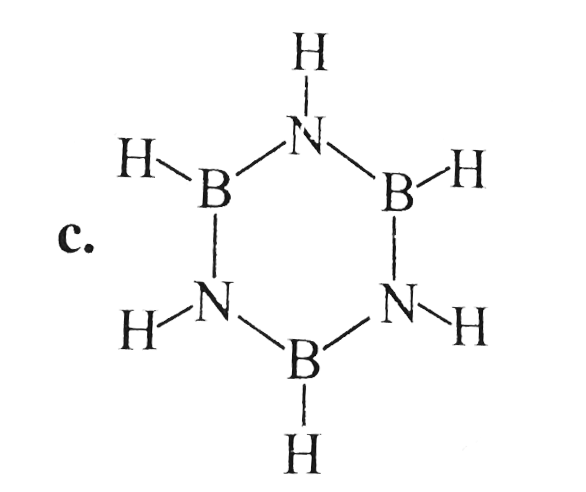 D
D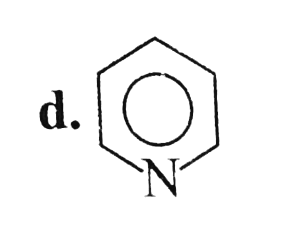
- Question 2 - Select One
Which of the following is anti aromatic ?
A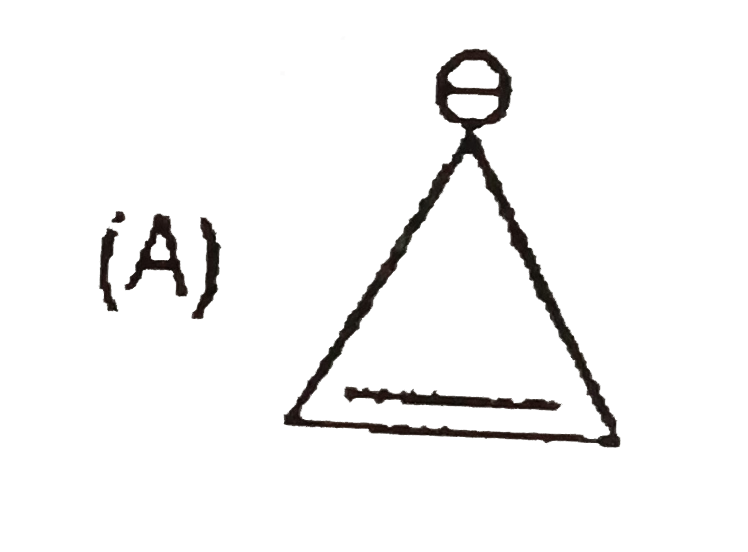 B
B C
C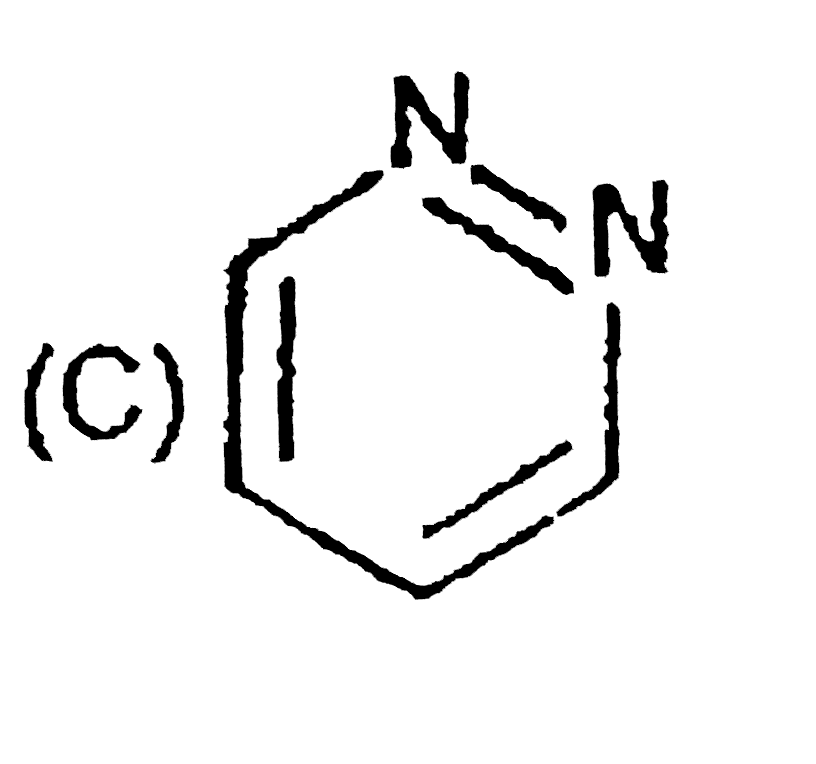 D
D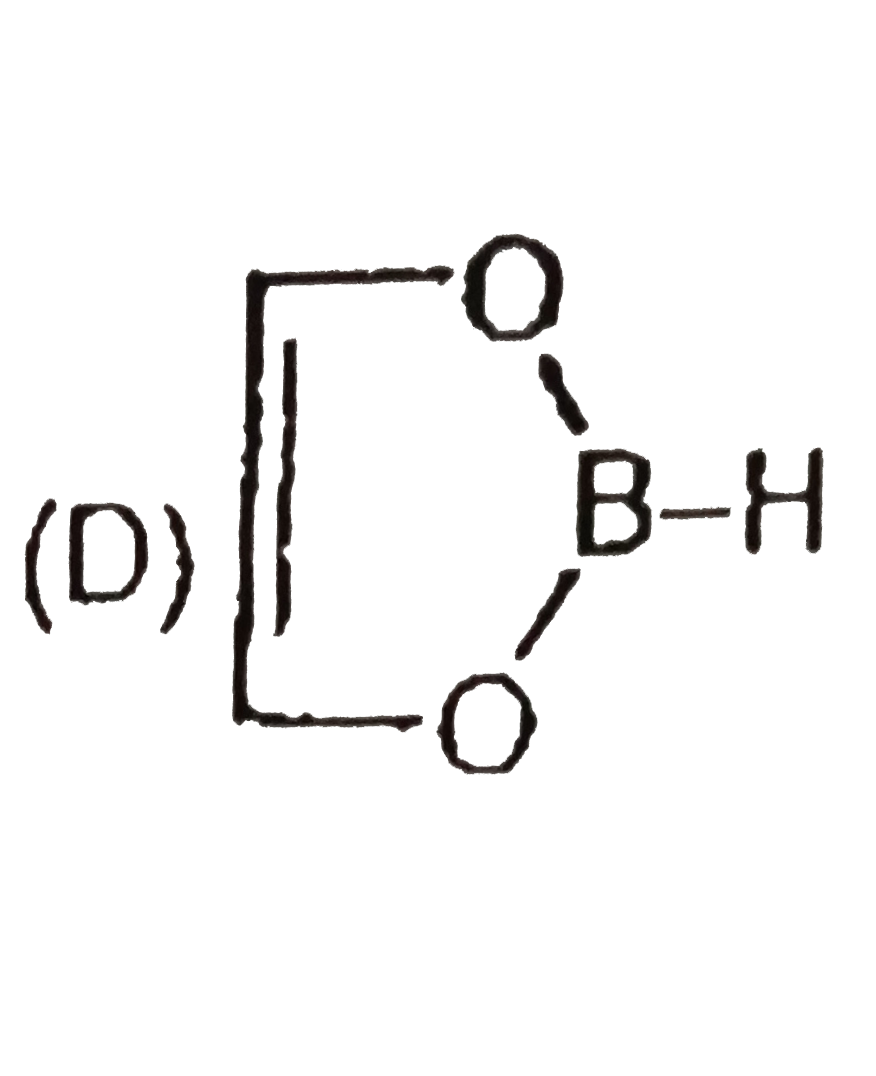
- Question 3 - Select One
Which of the following is non aromatic compound
APhenolBNaphthaleneCpyridineDCyclo octatetraene

